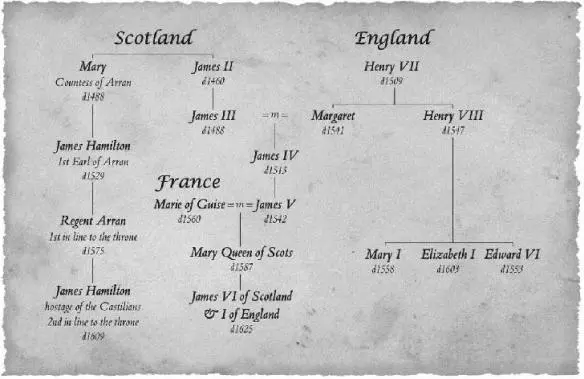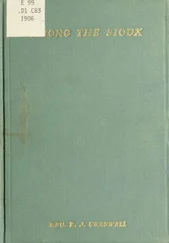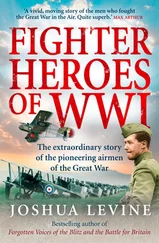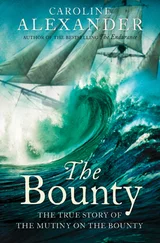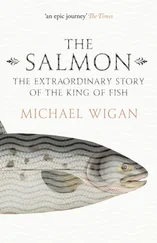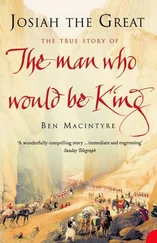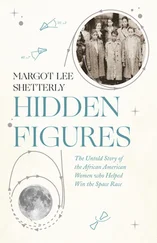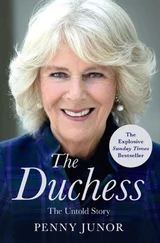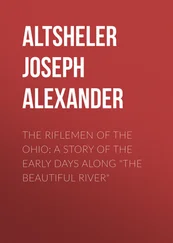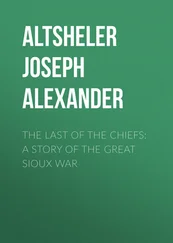The town grows smaller but the tower of St Rule stands strong. She’s going to a new country. She feels a thrill of excitement, like the first time she secretly went into the castle seeking Will. Antwerp is where women are allowed learning – even encouraged to learn, like men – if Mainard has spoken the truth.
The ship changes tack and she’s thrown against Mainard. He steadies her, smiling down into her face as the wind tugs her hair free. She leans into him, and they head for the open sea.
The definitions below give the meaning as used in the book
ane …………… own, as in my own child.
aye …………… always, yes.
bairn …………… a baby, a child.
baith …………… both.
bawbees …………… coins, money.
besom …………… a term of contempt for girls and women, often used affectionately.
blethering …………… gossiping, talking nonsense.
caitchpule ……………‘real tennis’ court; oldest surviving one is at Falkland Palace
cheeky …………… insolent, naughty.
clout …………… to hit; also a cloth.
daft …………… crazy, stupid.
dinna …………… don’t, as in dinna ken – don’t know.
dither …………… to be indecisive
dour …………… pessimistic, humourless.
frae …………… from, as in away from home.
fuffle …………… a disorder, a fuss.
gawking …………… staring, sometimes stupidly.
girning …………… whining.
glaikit …………… stupid, foolishly vacant.
glowers …………… glares, scowls.
gowk …………… a fool, stupid person usually male.
guddle …………… a muddle, a mess.
haar …………… a sea mist.
hae …………… have.
hirpling …………… limping, hobbling.
ken …………… know, as in ‘you know’.
kent …………… known.
midden …………… dung heap, rubbish heap.
ower …………… too, over; as in over-much.
oxters …………… armpits.
reeks …………… stinks.
scunnersome …………… exasperating, annoying.
skelping …………… smacking.
siller …………… silver coins, money.
smirr …………… fine rain
the morn’s morn …………… tomorrow morning.
thrashing …………… a beating, a whipping.
tocher …………… dowry.
trauchled …………… downtrodden.
vennel …………… an alley, a close.
weans …………… children.
wheen …………… a lot.
wheesht …………… be quiet.
yett …………… a gate, a postern
yon …………… that, over there.
Lots of people have helped me along this journey and I want to thank my family, friends and writers’ groups for their ongoing support, even when you were, no doubt, wondering – and sometimes articulating – ‘will she ever finish it.’
People have given generously of their time and expertise, and especially Margaret Skea. To my beta readers thanks – my daughter and Keddie Hughes, and my brother – who all made wise suggestions. Maxine Linnell, my editor, thanks too.
Staff at the University of St. Andrews Library and the National Library of Scotland always went the extra mile to find whatever obscure reference I was chasing. Dr Bess Rhodes of St Andrews University was a generous source of information, through her Open Association Course on Reformation St Andrews. And Historical Environment Scotland, what a great organisation: many thanks. If you haven’t already visited St Andrews Castle I would urge you to do so. I still get a shiver of excitement going down the mine and counter-mine.
I read widely and amongst the most useful books were those by Margaret H.B. Sanderson, especially Cardinal of Scotland ; Jane Dawson’s biography of John Knox; articles by Dr Elizabeth Bonner on the Auld Alliance; and Marcus Merriman’s The Rough Wooings gives detailed information on the complex politics of the era. I also found the Munro Series by Margaret Skea, and Shirley McKay’s Hew Cullen historical detective novels – although both a slightly later period – gave an authentic feel for day-to-day life, as well as being cracking good reads. There’s not much historical fiction set in Scotland covering this period, but there’s a rich trove set in England, even for the end of Henry VIII’s long reign, and especially C.J. Sansom’s novels.
Hugest thanks of all go to my long-suffering husband who, as ever, was a tower of strength.
The castle, badly damaged by the siege, was extensively re-built and the main gateway moved. The extract from the Geddy Map of 1580 used at the start of this book, shows the re-built castle, and not as it would have looked at the time of the siege.
I have tried to follow the historical events of the siege of St Andrews Castle as faithfully as I could. Inevitably some of what happens is down to my own interpretation and, since this is a work of fiction, to the needs of the story. Some events I have altered slightly or condensed, for example the Castilians did not understand they were to become galley slaves until after they were transported to France. Let me know if you do spot any glaring inaccuracies, or want to chat about the book. You’ll find me at www.vehmasters.com.
If you enjoyed this book then you’ll enjoy…
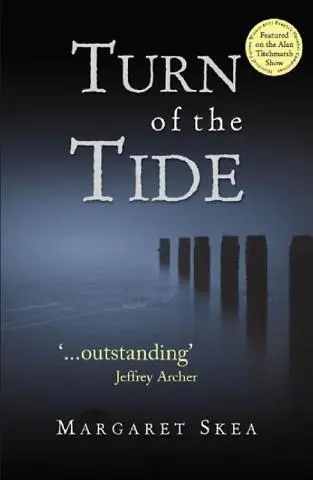
In all of Ayrshire there was no feudal hatred so long and so engrained as that between the rival Lords of Eglintoun and Glencairn.
Scotland 1586.A land in turmoil, a family torn apart. An ancient feud threatens Munro’s home, his family, even his life…
Book 1 of the Munro Scottish Saga — Winner of the Beryl Bainbridge Award.
You’ll find Margaret at https://margaretskea.com/
If you enjoyed this book please take a moment to share your thoughts in a review. Just a few words are perfect.
Reader reviews help sell more books and keep your favourite authors in business!
Go to your feedback page here.
First Published in Scotland in 2020 by Nydie Books
Copyright © 2020 V.E.H. Masters
The right of V.E.H. Masters to be identified as the Author of the Work has been asserted by her in accordance with the Copyright, Designs and Patents Act 1988
All rights reserved.
No part of this publication may be reproduced, used, stored or transmitted in any form by any means, electronic, mechanical, photocopying or otherwise without the prior written permission of the author.
This is a work of fiction. All characters in this publication – other than the obvious historical characters – are fictitious and any resemblance to real persons, either living or dead, is purely coincidental.
A CIP catalogue record for this book is available from the British Library
eBook ISBN: 978-1-8382515-1-2
Also available as a paperback book
Cover Design; Mike Masters
Map of St Andrews by John Geddy (1580) reproduced with the permission of the National Library of Scotland
www.vehmasters.com

